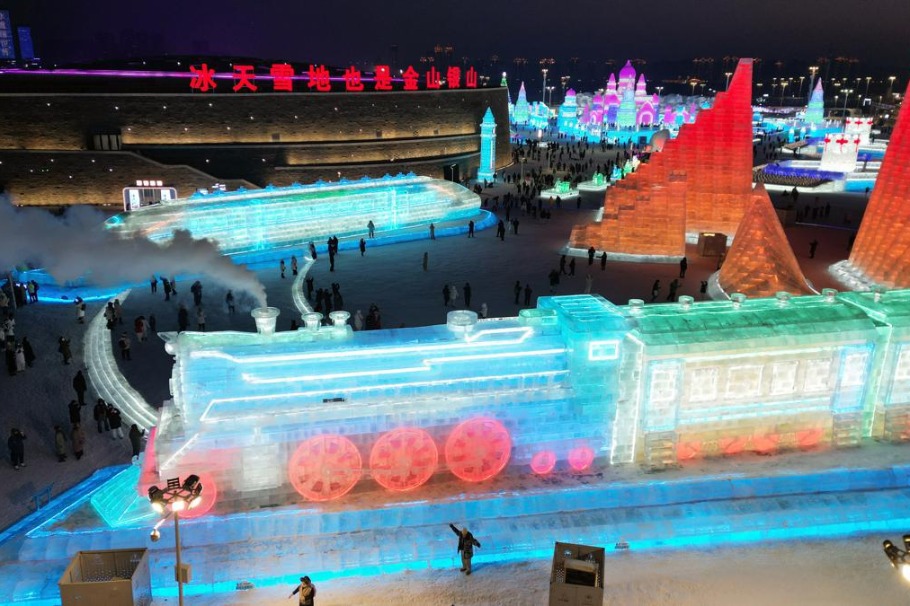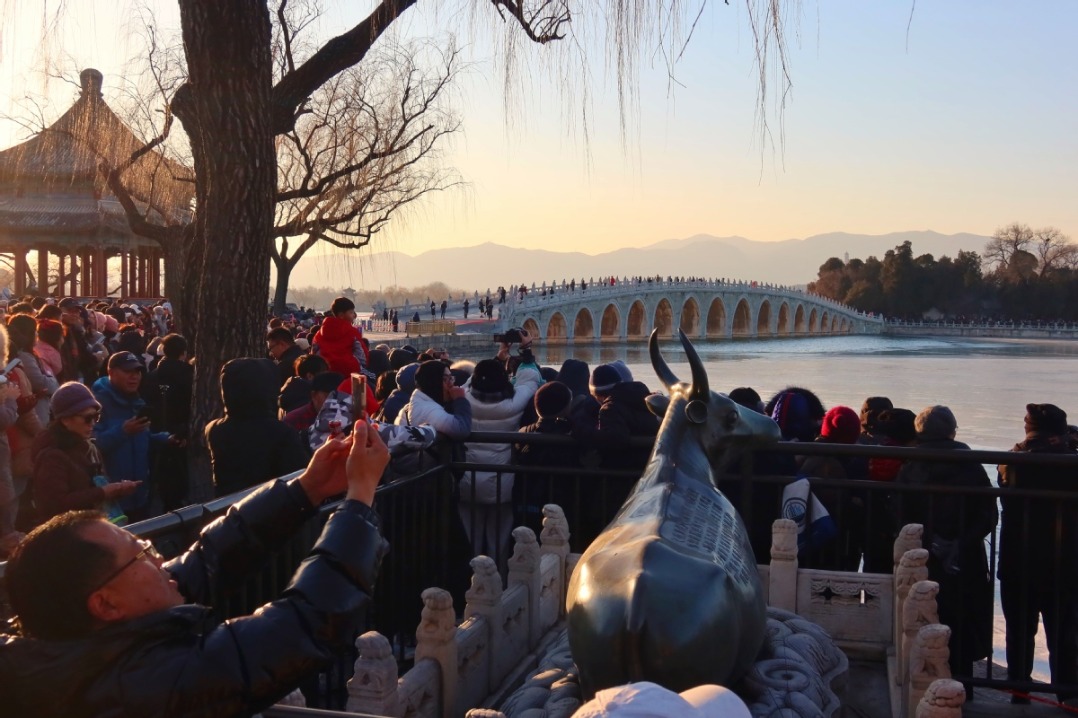Remarkable progress in ozone protection made in China


China has made remarkable progress in implementing the Kigali Amendment to the Montreal Protocol on Substances that Deplete the Ozone Layer, said Zhao Yingmin, vice-minister of ecology and environment.
The official made the remarks on Friday as the country held a celebration event for the 35th anniversary of the Protocol and the 28th International Day for the Preservation of the Ozone Layer in Beijing.
Given their zero impact on the depletion of the ozone layer, hydrofluorocarbons, also known as HFCs, are currently used as replacements for some of those substances. The Kigali Amendment was created in 2016 to gradually reduce the consumption and production of HFCs based on the consensus that they are powerful greenhouse gases.
Ozone depleting substances and HFCs are currently the most commonly used substances in refrigeration and air-conditioning applications.
With the Kigali Amendment coming into force in China on Sept 15, 2021, the country has entered a new chapter in synergizing ozone layer protection and tackling climate change, the vice-minister said.
He said the ministry, together with another four central government bodies, including the National Development and Reform Commission, has included HFCs into the country's lists of restricted ozone depleting substances and controlled substances for import and export.
The country had also brought HFCs under the control of its import and export license system ahead of schedule on Nov 11, 2021, he said. To date, China has completed the examination and approval processes for 20,000 import and export businesses related to the substances.
China has also banned companies from directly discharging HFC-23 as by-products since Sept 15 last year, he said, adding they should destroy the substance to the greatest extent.
Starting this year, China has capped the outputs of five major HFCs with bans on increasing their production capacities, he continued.
- Shanxi ends province-wide blanket fireworks ban
- Audit: China fixes bulk of fiscal problems tied to 2024 budget
- China reports major gains in circular economy
- Chinese lawmakers review draft revision to banking supervision and regulation law
- Top legislature to study draft laws on environment, ethnic unity, national development planning
- Administrative organs must secure people's interests: senior judge





































